Crane Watching in Kushiro
by Sam, staff writer of japan-guide.com
| previous post |
| next post |
2017/02/09 - Crane Watching in Kushiro
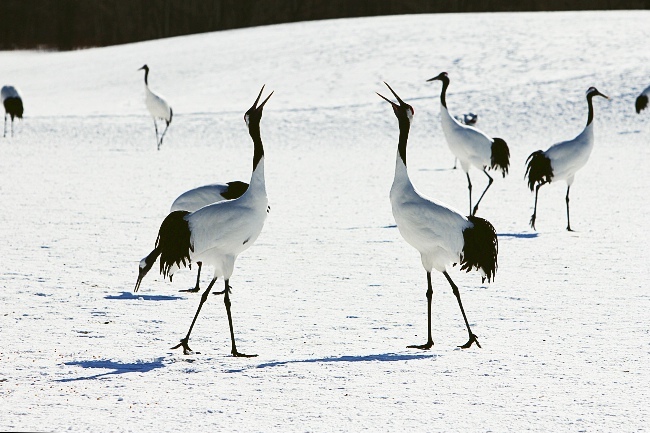
The area around Kushiro in eastern Hokkaido is not only revered for its natural beauty but also as the last home of the Japanese Red-crowned Crane. "Tancho" as they are called in Japanese were found all across Hokkaido and Honshu up until the Meiji Period, when over hunting and the disappearance of their natural habitat brought them to the brink of extinction. The species was thought to have been completely extirpated from Japan in the early twentieth century, before a small flock of 20 birds was discovered in the Kushiro Marshlands in 1924.
Since then a huge effort has been made by the locals and the Japanese government to conserve the species by providing them with food in the harsh winters, and also by actively breeding the tancho. A famous national symbol and a majestic creature, the bird can now be seen in large numbers at various locations in Kushiro, where, thanks to the afore-mentioned efforts, around 650 now survive and thrive in these wetlands.
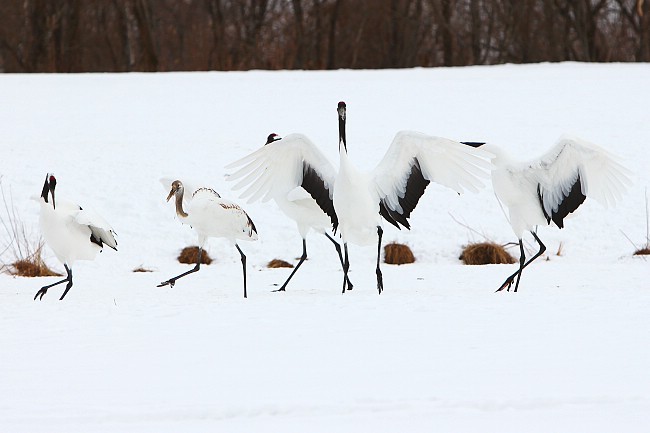
My first stop in my quest to see tancho was at the Akan International Crane Center, located around 45 minutes' drive from central Kushiro. This facility is dedicated to the breeding and research of the Red-crowned Crane and is made up of different sections including an exhibition hall that educates about the species through diagrams and photographs (with explanations in English). There are also several outdoor aviaries where cranes are kept for breeding. The most popular attraction is the adjacent Tancho Observation Center from which cranes can be seen in their natural habitat.
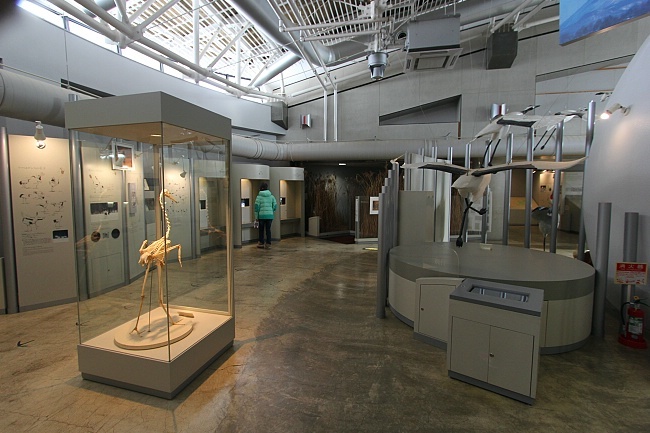
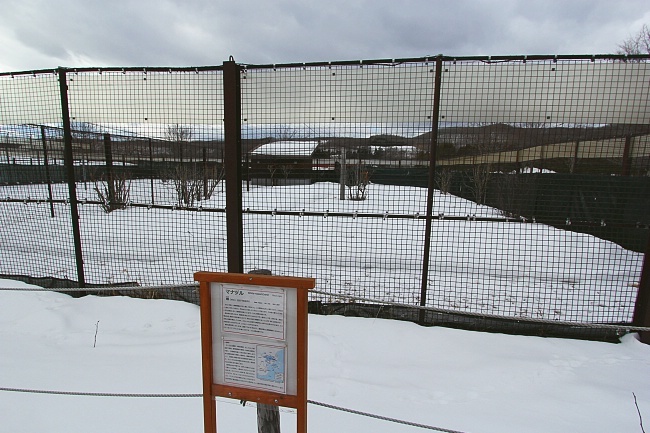
The birds flock here during winter to be fed. Feeding times are traditionally 8:30 and 14:00, but the afternoon feed is presently discontinued due to concerns over a bird flu outbreak and potential infection of the tancho from other species, such as eagles, that are attracted to the fish served in the afternoons. There is no definitive date when the afternoon feed will resume, but it is thought that it will remain discontinued for the rest of this year's season. It costs 470 yen for combined entry to the center and the observation area, with the observation area open November through March.
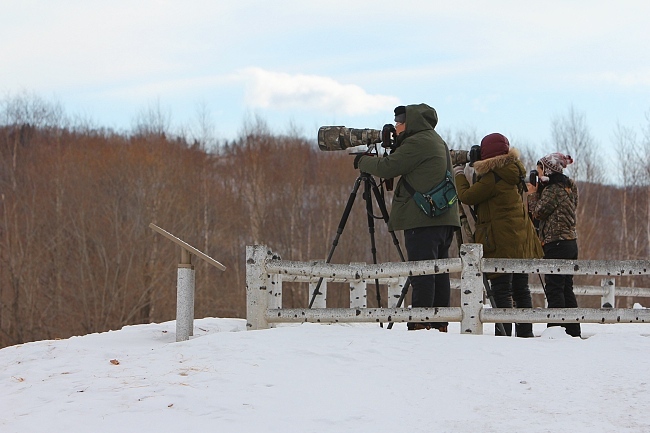
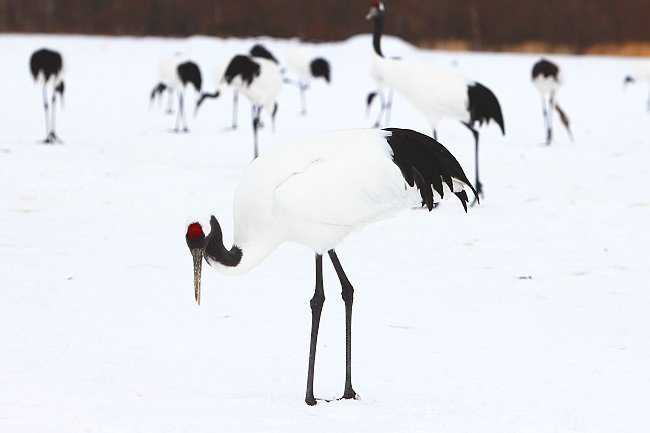
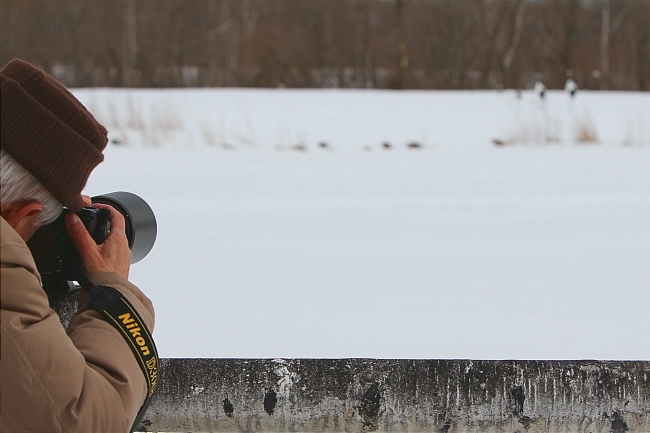
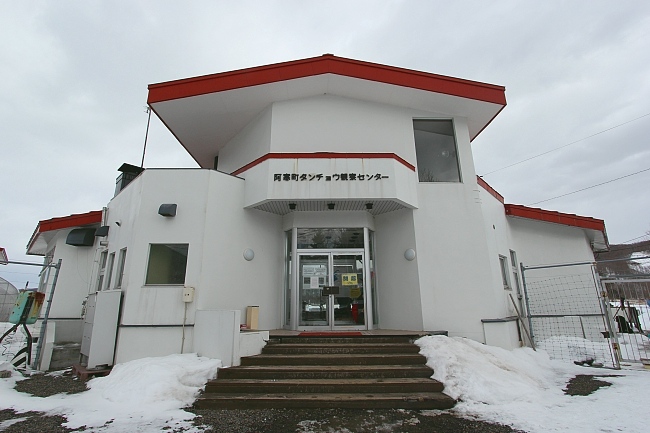


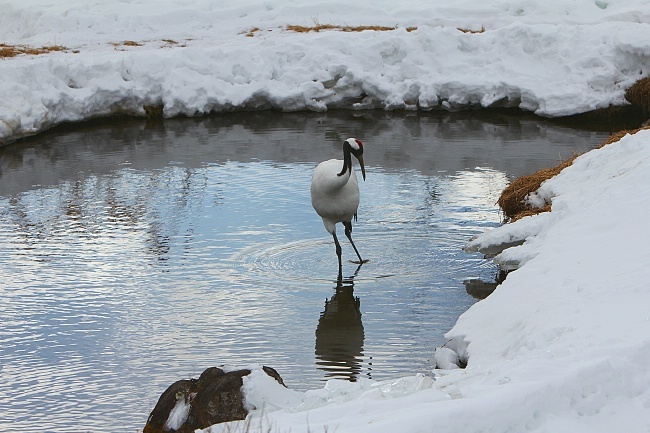
A 50 minute drive from Kushiro lies the quaint village of Tsurui, home to multiple spots ideal for crane watching. Otowa Bridge is great for early risers when, just after dawn, tancho can be seen in the adjacent river, remaining for a short time after roosting here at night due to the relative safety of the river. I arrived early to find myself beaten by droves of photographers already snapping away. As much of a social event as anything, it was great to enjoy the atmosphere and amazing morning views that this spot offers; of birds feeding through the river's mist.


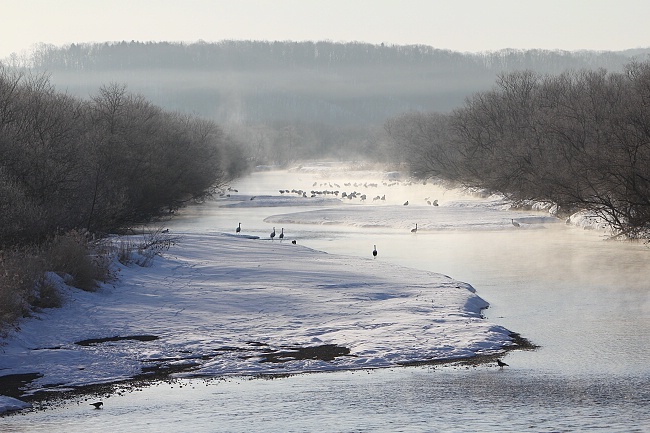
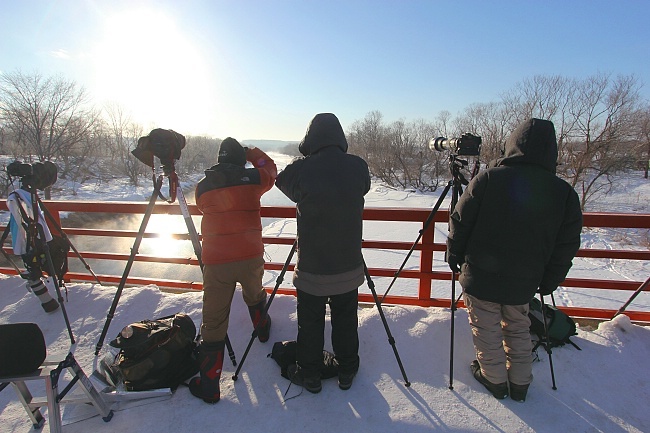

Tsuruimidai is a feeding ground by the side of the route 53 where tancho are known to flock in large numbers. I personally wasn't lucky enough to see any birds here despite waiting for a while among groups of tourists that had arrived on tour buses.
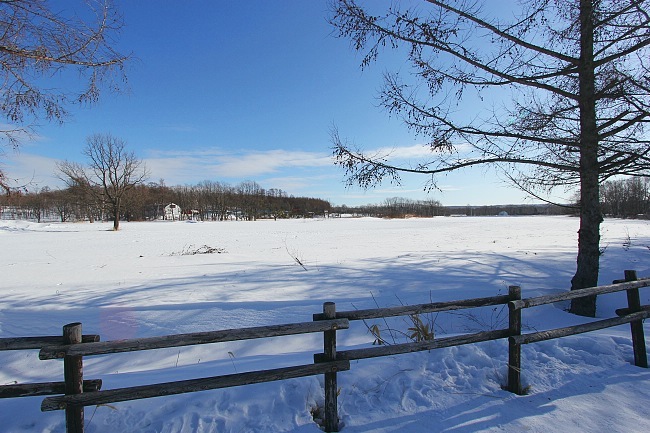

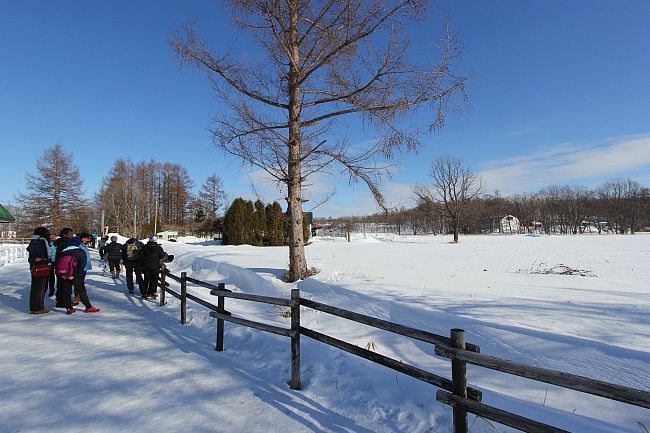
The final stop on my tancho tour was Tsurui Ito Tancho Sanctuary. With a backdrop of expansive snowy fields under bright blue skies, this proved an ideal setting for observing Red-crowned Cranes and to make things better, they were flocked here in large numbers. As with other spots in the area, the birds are fed through the winter, with the sanctuary only being open to the public October through March. A stone's throw from the feeding ground stands a small nature center from where it is possible to view the birds. The place was cozy and full of information, but it was all in Japanese.
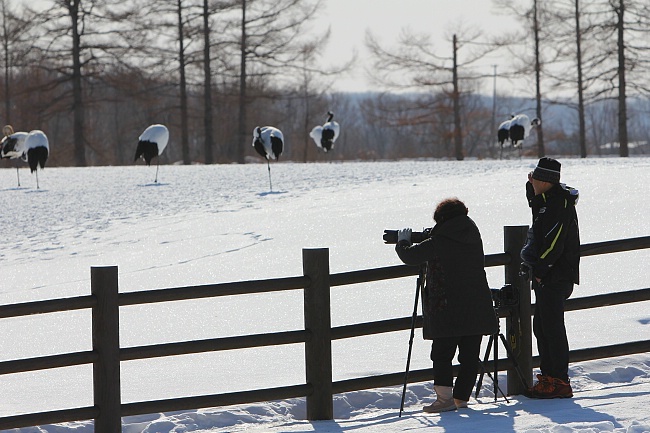
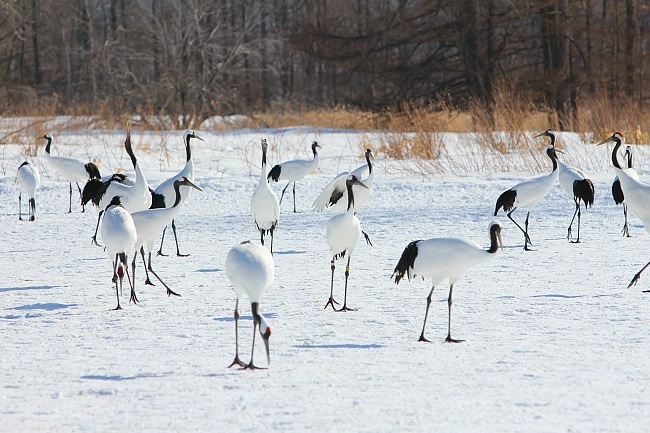
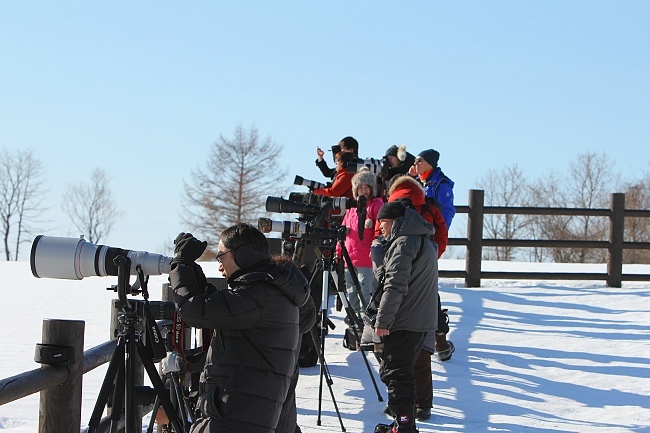
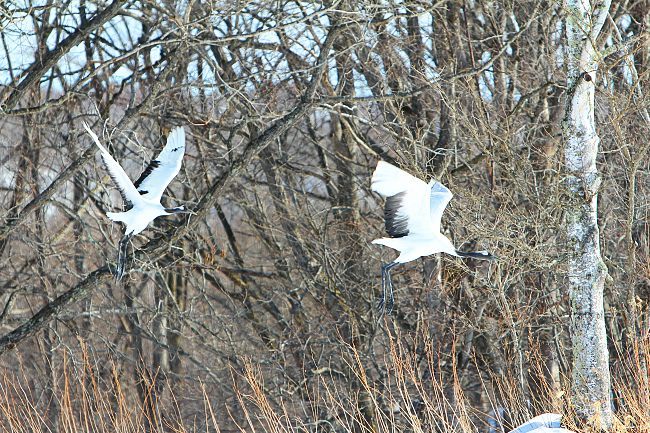
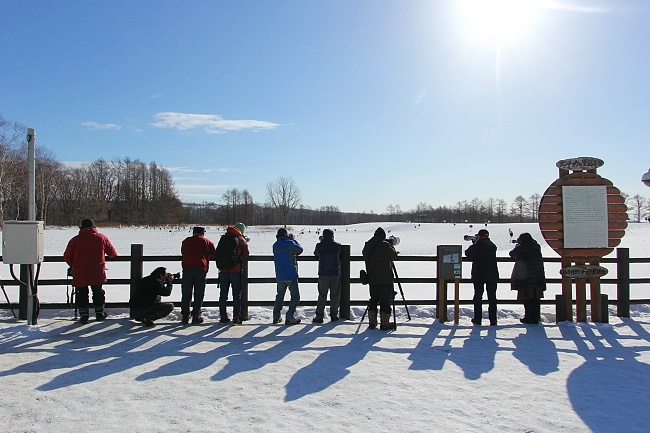
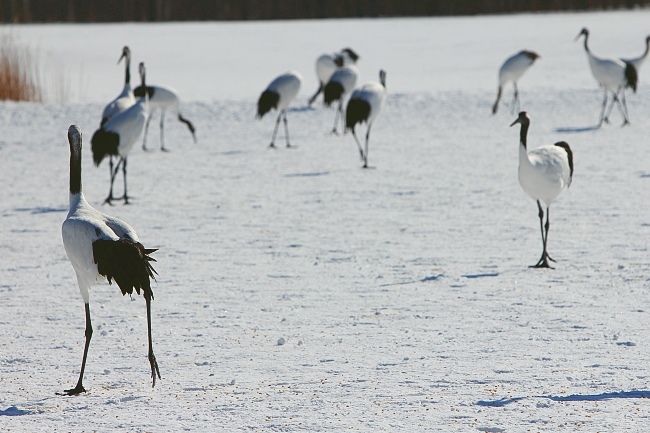
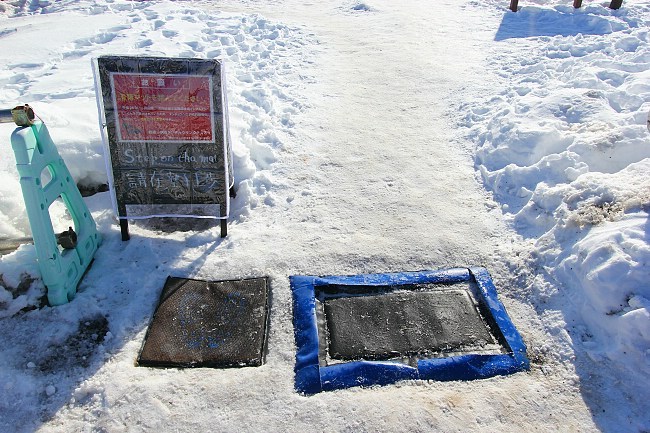
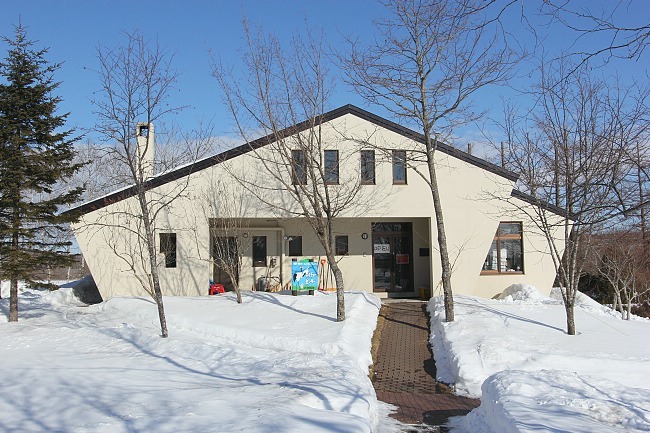
| previous post |
| next post |